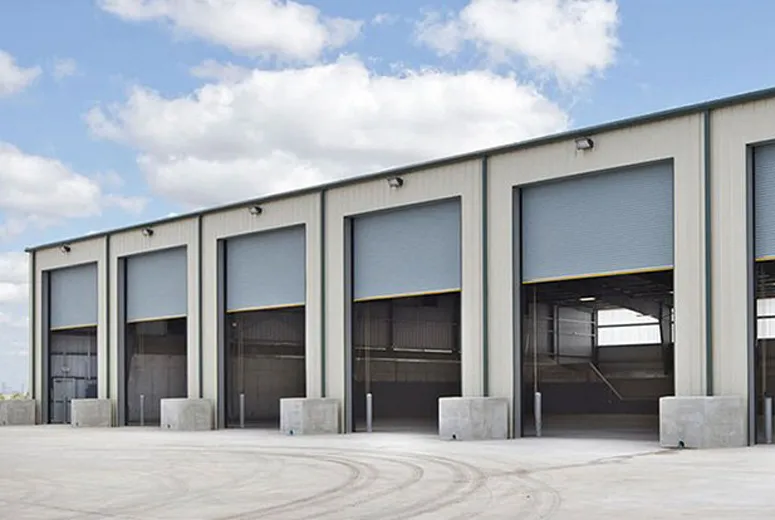- Afrikaans
- Albanian
- Amharic
- Arabic
- Armenian
- Azerbaijani
- Basque
- Belarusian
- Bengali
- Bosnian
- Bulgarian
- Catalan
- Cebuano
- Corsican
- Croatian
- Czech
- Danish
- Dutch
- English
- Esperanto
- Estonian
- Finnish
- French
- Frisian
- Galician
- Georgian
- German
- Greek
- Gujarati
- Haitian Creole
- hausa
- hawaiian
- Hebrew
- Hindi
- Miao
- Hungarian
- Icelandic
- igbo
- Indonesian
- irish
- Italian
- Japanese
- Javanese
- Kannada
- kazakh
- Khmer
- Rwandese
- Korean
- Kurdish
- Kyrgyz
- Lao
- Latin
- Latvian
- Lithuanian
- Luxembourgish
- Macedonian
- Malgashi
- Malay
- Malayalam
- Maltese
- Maori
- Marathi
- Mongolian
- Myanmar
- Nepali
- Norwegian
- Norwegian
- Occitan
- Pashto
- Persian
- Polish
- Portuguese
- Punjabi
- Romanian
- Russian
- Samoan
- Scottish Gaelic
- Serbian
- Sesotho
- Shona
- Sindhi
- Sinhala
- Slovak
- Slovenian
- Somali
- Spanish
- Sundanese
- Swahili
- Swedish
- Tagalog
- Tajik
- Tamil
- Tatar
- Telugu
- Thai
- Turkish
- Turkmen
- Ukrainian
- Urdu
- Uighur
- Uzbek
- Vietnamese
- Welsh
- Bantu
- Yiddish
- Yoruba
- Zulu
Oct . 31, 2024 13:28 Back to list
Foundation Design for Steel Columns
Foundation design is a critical aspect of civil engineering and structural design, particularly when it comes to supporting steel columns. The foundation serves as the interface between the structure and the ground, transferring the loads imposed by the steel columns to the foundation soil. This transfer of load must be executed in a manner that ensures the safety, stability, and longevity of the structure.
Steel columns are widely used in modern construction due to their high strength-to-weight ratio and durability. However, their effectiveness heavily depends on the proper design and construction of their foundations. The design process involves several key factors, including load analysis, soil properties, and environmental considerations.
Firstly, understanding the loads that a steel column will carry is fundamental. These loads can comprise vertical loads, such as the weight of the building and its occupants, as well as lateral loads caused by wind or seismic activity. Engineers must conduct a thorough load analysis to determine these forces and design the foundation to withstand them. The two main types of foundations used for steel columns are shallow and deep foundations. Shallow foundations, such as spread footings and slab-on-grade, are often used when the soil has sufficient bearing capacity near the surface. In contrast, deep foundations, like piles or caissons, are employed when surface soils are inadequate or when greater load resistance is necessary.
foundation design for steel column

Next, the characteristics of the soil at the construction site play a crucial role in foundation design. Soil properties such as bearing capacity, settlement behavior, and drainage capabilities must be thoroughly assessed. Soil tests, including Standard Penetration Tests (SPT) or Cone Penetration Tests (CPT), are often conducted to gather data about these properties. The foundation design must take into account potential settlement and lateral displacement, ensuring that the steel columns remain vertical and stable under load.
Environmental considerations also impact foundation design. Factors such as frost depth, groundwater level, and the potential for soil erosion should be evaluated to ensure the foundation remains intact over time. For example, in cold climates, foundations may need to be designed to prevent frost heave, while in areas with high seismic activity, engineers may opt for deeper, more flexible foundations that can absorb and dissipate seismic forces.
In addition, the materials used in foundation construction are paramount. Concrete is typically used for footings and bases due to its compressive strength and durability. Reinforcement bars are often added to provide tensile strength, ensuring that the foundation can adequately support the steel columns.
In summary, proper foundation design for steel columns is essential for the safety and performance of structures. By carefully analyzing loads, soil properties, and environmental factors, engineers can design foundations that will effectively support steel columns, ensuring the longevity and stability of the overall structure. This meticulous attention to foundation design is what allows modern steel structures to reach new heights while remaining safe and sound.
-
How Do Prefabricated Steel Structures Transform Modern Construction?
NewsJul.14,2025
-
How Do Prefabricated Metal Buildings Redefine Modern Construction?
NewsJul.14,2025
-
How Do Prefab Insulated Metal Buildings and Steel Structures Revolutionize Modern Construction?
NewsJul.14,2025
-
How Do Pre - Engineered Steel Structures Redefine Modern Construction?
NewsJul.14,2025
-
Advancing Modular Construction with Prefabricated Metal Structures
NewsJul.14,2025
-
Advancing Industrial Infrastructure with Prefabricated Steel Solutions
NewsJul.14,2025
Products categories
Our Latest News
We have a professional design team and an excellent production and construction team.












